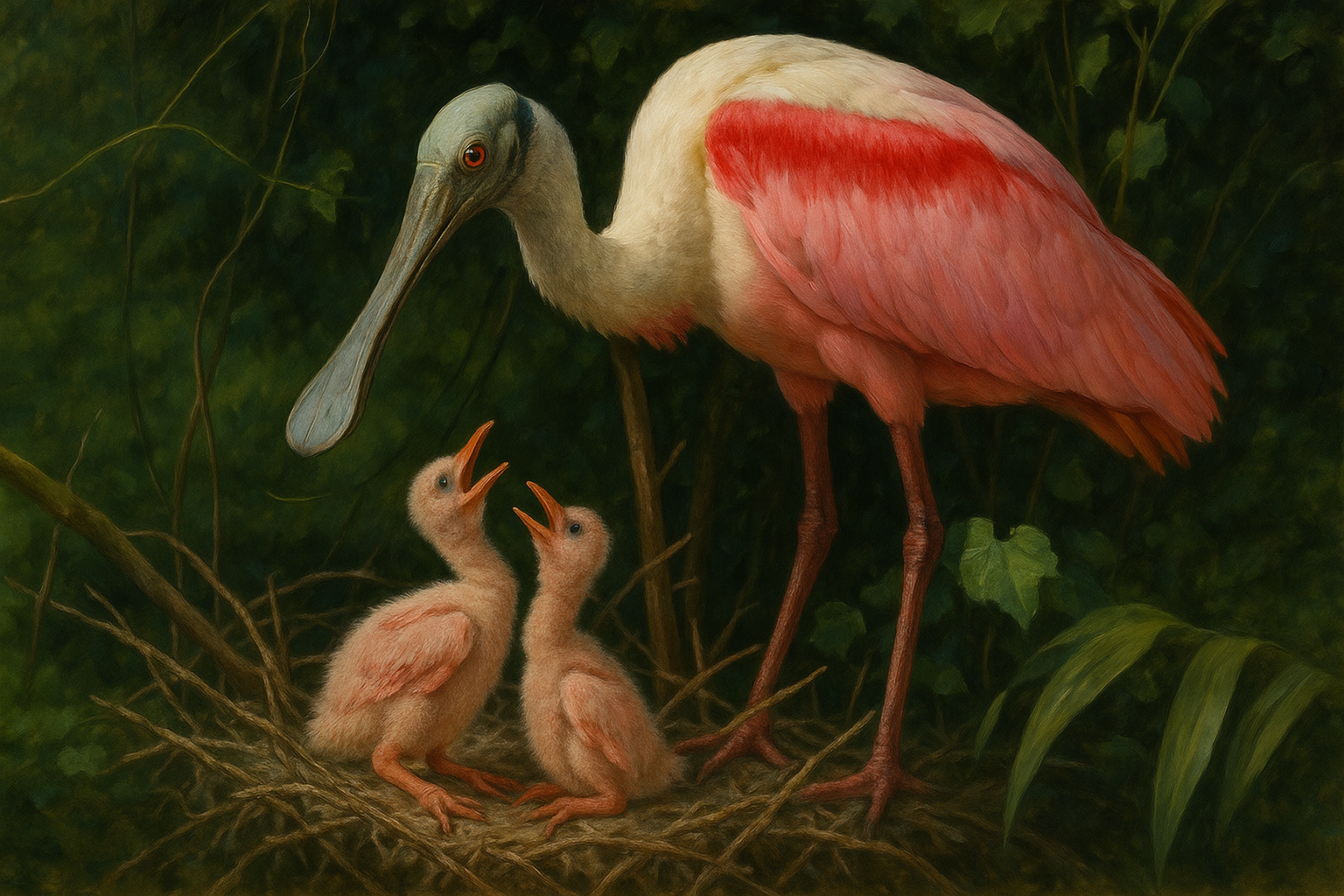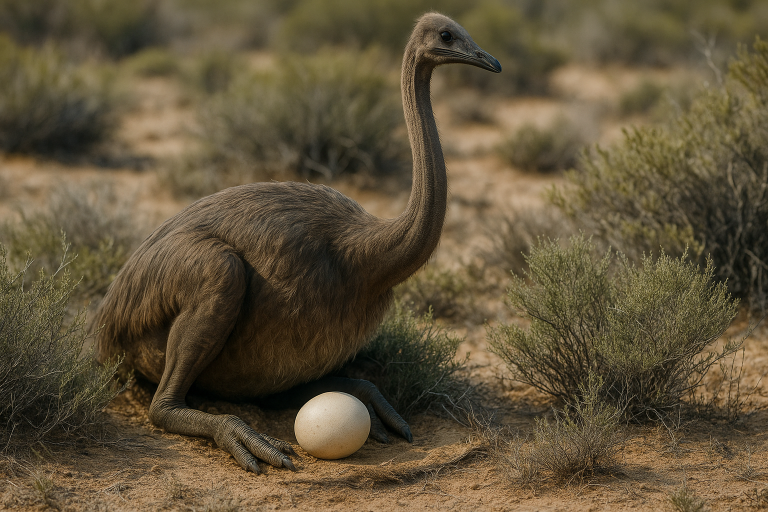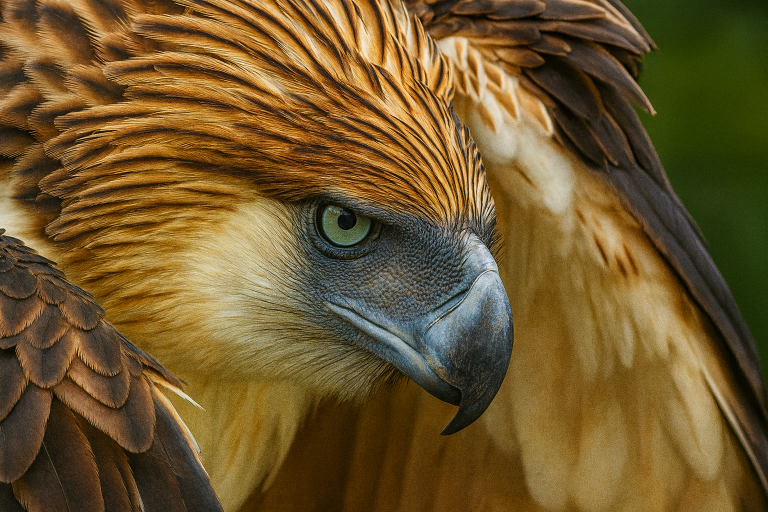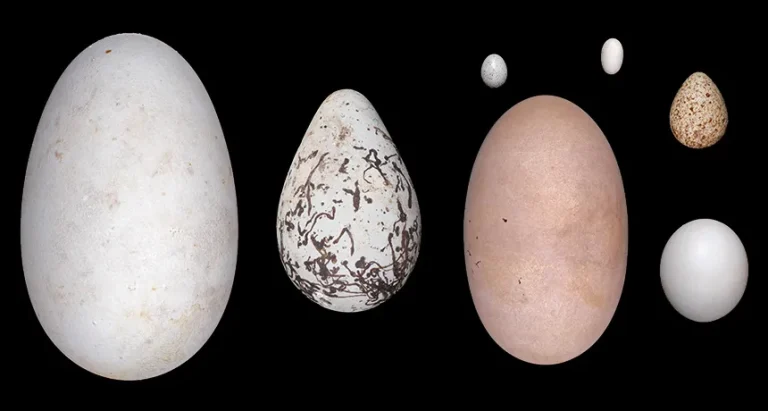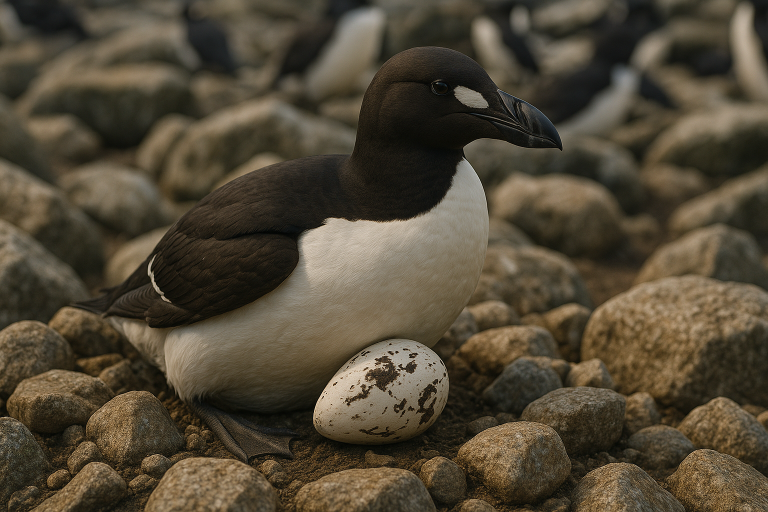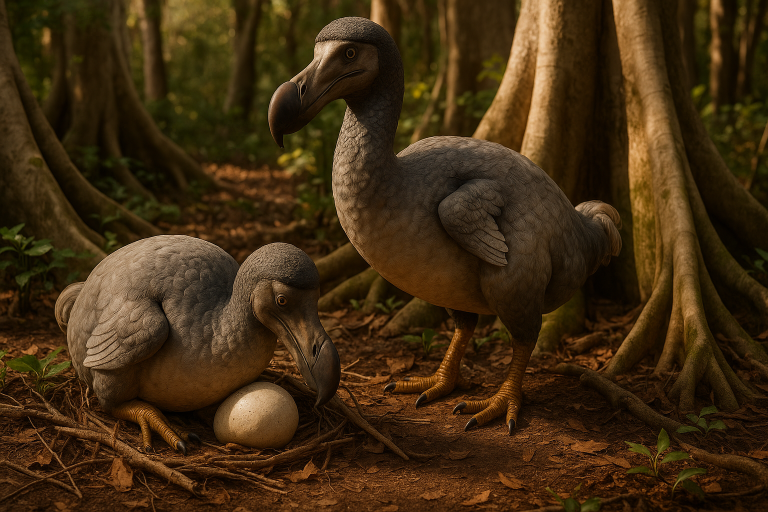Roseate Spoonbills: Breeding, Eggs, and a Charleston Aquarium Story
The roseate spoonbill (Platalea ajaja) is a unique wading bird famous for its bright pink feathers and spatula-shaped bill. It is one of only six spoonbill species in the world and the only one found in the Americas (Hancock and Kushlan 1984). With a partly bald, reddish head and a large flat bill, this bird looks almost as if it flew out of a Dr. Seuss illustration. Its striking pink color comes from its diet of shrimp and other crustaceans rich in carotenoid pigments (Allen 1942). Roseate spoonbills inhabit shallow wetlands from the Gulf Coast and Florida up through parts of the Southeast U.S. and down through the Caribbean, Central and South America. They are social birds often seen in small flocks wading through marshes, sweeping their open bills side to side in the water to snap up minnows, insects, and shrimp. In flight, spoonbills stretch out their neck and legs straight, displaying brilliant pink wings. Once hunted nearly to extinction in the 19th century for their plumes, roseate spoonbills have made a comeback and are now considered a species of low conservation concern. Today, their unique appearance and gentle feeding habits make them a delight for birdwatchers and nature lovers alike.
Breeding Behavior and Eggs
Roseate spoonbills typically breed in colonial rookeries alongside other wading birds like herons, egrets, and ibises (Smith and Collopy 1995). They build their nests in trees or shrubs standing in water, often mangroves or willow trees on coastal islands, where the water below helps deter predators. A male spoonbill will gather sticks and twigs and present them to a female, who then weaves a large, bowl-shaped platform nest lined with moss and leaves (Dumas 2000). Courting pairs engage in ritual displays with males bobbing their heads and shaking twigs to get the female’s attention. The birds may clasp bills or perch closely side by side as they form a bond (Low 1931). Notably, roseate spoonbills are seasonally monogamous. A pair stays together through one breeding season, but may choose new partners in subsequent years (Schreiber and Schreiber 1977).
Once the nest is built, the female lays a clutch of usually 2–3 eggs (though clutches can range from one up to five eggs) (Raffaele et al. 1998). The eggs are whitish to pale green in base color and speckled all over with translucent to darker brown spots, an appearance that helps camouflage them in the nest (Bent 1926). They measure an average of 65 mm in height and 44 mm in width. Both the mother and father take turns incubating the eggs for about 22–24 days until they hatch (Rodgers et al. 1996). When the chicks hatch, they are helpless and covered in wispy white down over pinkish skin, with their eyes closed (Hancock and Kushlan 1984). Interestingly, baby spoonbills do not have the signature spoon-shaped bill at first but rather, the bill is small and straight. Around 9 days after hatching the bill begins to flatten, and by about 5–6 weeks old it has broadened into the spoon-like shape that gives the species its name (Allen 1942). Both parents feed the chicks by regurgitating food, and the young remain in the nest for roughly 5 to 6 weeks. By about 7–8 weeks of age the juveniles are flapping and starting to fly well (Rodgers et al. 1996). A typical roseate spoonbill family may stay around the nesting colony until the chicks are able to fly off and fend for themselves. It’s a remarkable sight to see a “bowl” of spoonbills (as a group on a nest is sometimes fondly called) with a few fuzzy-headed chicks clamoring for food and attentive pink parents carefully tending the nest.
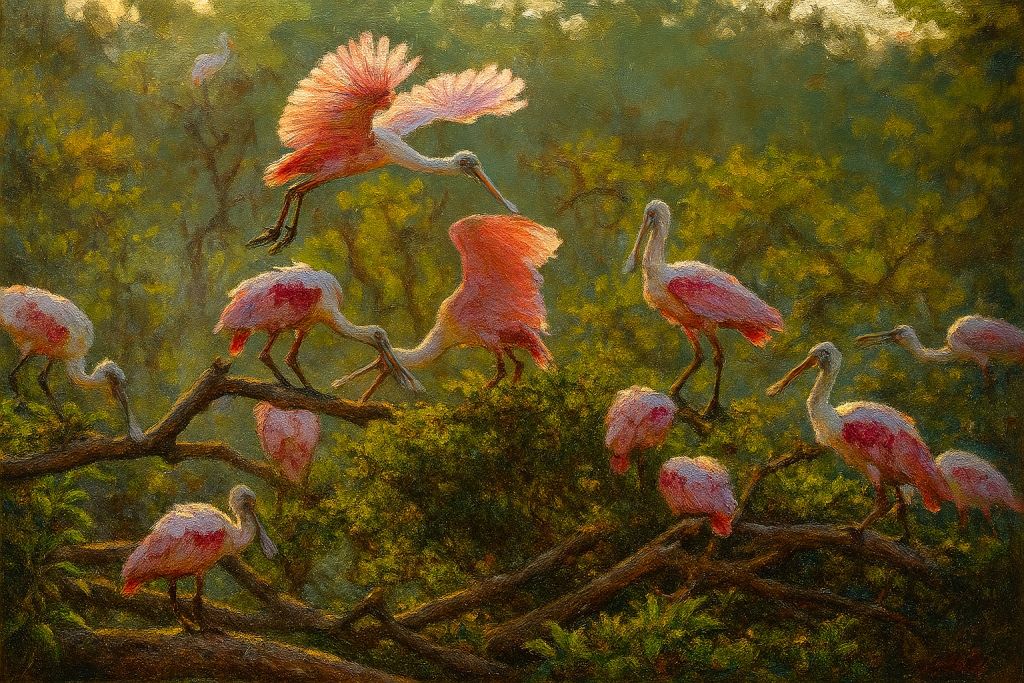
A Breeding Success at the South Carolina Aquarium
Even in zoological settings, roseate spoonbills exhibit their natural parenting behaviors. In Charleston, the South Carolina Aquarium has welcomed three baby roseate spoonbill chicks into their flock in the summer of 2025 (ABC News 4 Charleston 2025). Aquarium staff affectionately nicknamed the tiny hatchlings “teaspoons,” a playful nod to their diminutive size and their species’ name. The chicks are being raised in the aquarium’s open-air Saltmarsh Aviary, under the care of two adult roseate spoonbills named Coral and Pearl, who are long-time residents of the exhibit. In the wild, roseate spoonbills often nest in groups and even engage in cooperative care of young among colony members, so Coral and Pearl’s teamwork in tending the chicks is a positive sign of natural, healthy behavior in the aquarium setting.
This happy event is not only heartwarming but also part of a larger conservation effort. The South Carolina Aquarium’s new chicks are a contribution to the Association of Zoos and Aquariums (AZA) Species Survival Plan (SSP) for roseate spoonbills (AZA 2025). The SSP is a coordinated breeding program across accredited zoos and aquariums, aimed at sustaining healthy, genetically diverse populations of certain species under human care. By successfully hatching and rearing these three chicks, the aquarium is helping ensure there is a thriving backup population of roseate spoonbills and providing valuable scientific data on their husbandry and development. Visitors to the aquarium can now observe the growing “teaspoons” in the Saltmarsh Aviary, watching as the youngsters learn how to be spoonbills alongside Coral and Pearl. It’s an extraordinary opportunity to see up-close how these birds grow from tiny white-downed chicks into the elegant pink adults we recognize. The aquarium’s husbandry team notes that the cooperative rearing by the adult pair is a strong indicator of the birds’ well-being in human care. My family and I recently had the pleasure of saying hello to the new family and the folks at the Aquarium; a lovely and memorable experience for us.
Crafting a Spoonbill Egg
Beyond the live animals, the South Carolina Aquarium is also creating an educational nest display to give visitors a deeper insight into the spoonbill’s breeding world. I had the honor of contributing to this project by hand-crafting an exact replica of a roseate spoonbill egg for the exhibit’s nest. To ensure authenticity, I approached the task with meticulous research and attention to detail. Every aspect of the real spoonbill egg was studied, from its size and shape to its distinctive coloring. I was fortunate enough to have photos of the eggs shells left behind by the hatchling “teaspons”. I carefully added the translucent brown speckles by hand, layer by layer, until the replica egg perfectly matched the photographs and descriptions of the real thing.
Creating this replica was truly a labor of love. By placing this handcrafted egg into a realistic nest setting, the aquarium’s display will allow visitors to experience what a roseate spoonbill nest looks like during breeding season, something that few people get to see in the wild. The hope is that this attention to detail and realism will spark curiosity. When visitors spot the egg tucked safely in its nest up close and imagine the little chick that would hatch from it, they’ll be inspired to learn more about spoonbill reproduction, habitat, and conservation.
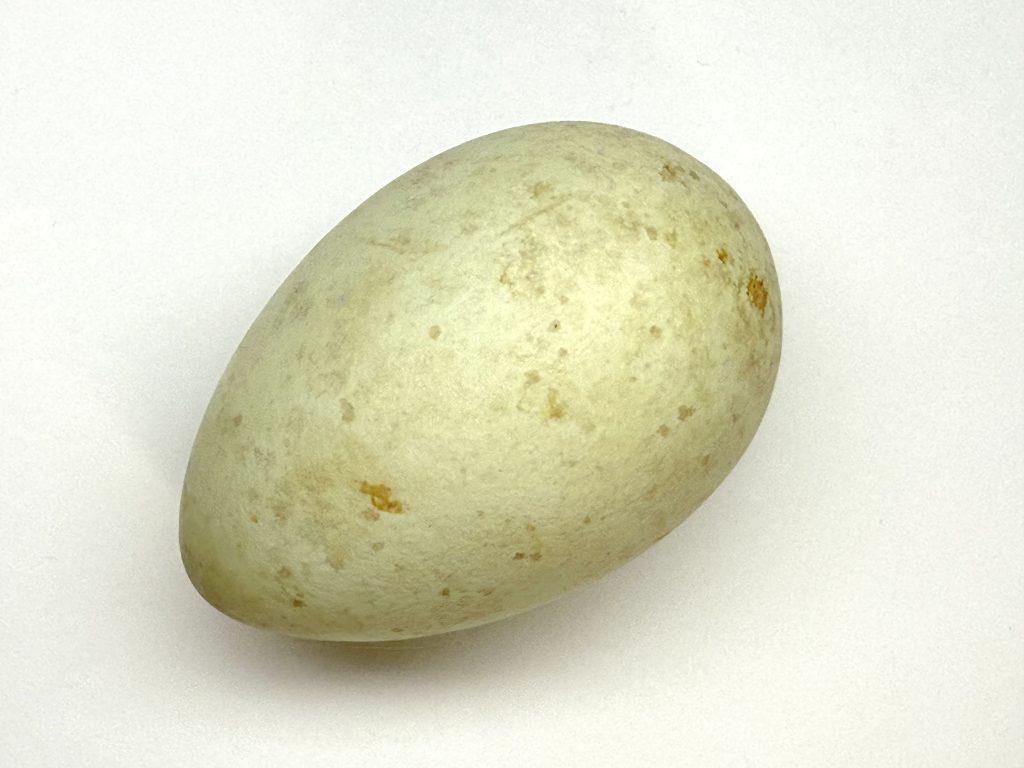
Both the successful hatching of chicks and the creation of the nest display serve a common goal: to raise public appreciation for this unusual and delightful bird. The roseate spoonbill, with its bubblegum-pink plumage and quirky bill, is a species that captures people’s imagination once they learn about it. Through the South Carolina Aquarium’s breeding program, visitors can witness first-hand the tender family life of spoonbills and understand the importance of protecting their wetland habitats. And through educational exhibits like the lifelike nest, people of all ages can connect with the story of the roseate spoonbill on a more tangible level. By combining meticulous science, conservation effort, and a bit of creative artistry, the aquarium is helping ensure that the roseate spoonbill continues to inspire and enchant us, from egg to adulthood, for generations to come.
References
- ABC News 4 Charleston. “South Carolina Aquarium Welcomes Rare Roseate Spoonbill Chicks.” WCIV, July 2025.
- Allen, Robert P. The Roseate Spoonbill. New York: National Audubon Society, 1942.
- Association of Zoos and Aquariums. “Species Survival Plan® Programs.” 2025.
- Bent, Arthur Cleveland. Life Histories of North American Marsh Birds. Washington, D.C.: U.S. Government Printing Office, 1926.
- Dumas, John V. “Nesting Ecology of the Roseate Spoonbill in Florida Bay.” Colonial Waterbirds 23, no. 2 (2000): 152–159.
- Hancock, James, and James A. Kushlan. The Herons Handbook. London: Croom Helm, 1984.
- Low, George C. The Roseate Spoonbill. New York: Macmillan, 1931.
- Raffaele, Herbert A., James Wiley, Orlando H. Garrido, Allan R. Keith, and Janis I. Raffaele. A Guide to the Birds of the West Indies. Princeton: Princeton University Press, 1998.
- Rodgers, James A., Jr., Herbert W. Kale II, and Henry T. Smith. Rare and Endangered Biota of Florida, Vol. 5: Birds. Gainesville: University Press of Florida, 1996.
- Schreiber, Ralph W., and Elizabeth A. Schreiber. “Roseate Spoonbills Feeding in Florida Bay.” Florida Field Naturalist 5 (1977): 1–6.
- Smith, J. Peter, and Michael W. Collopy. “Colony Site Selection by Roseate Spoonbills in Florida Bay.” Wilson Bulletin 107, no. 4 (1995): 556–567.

